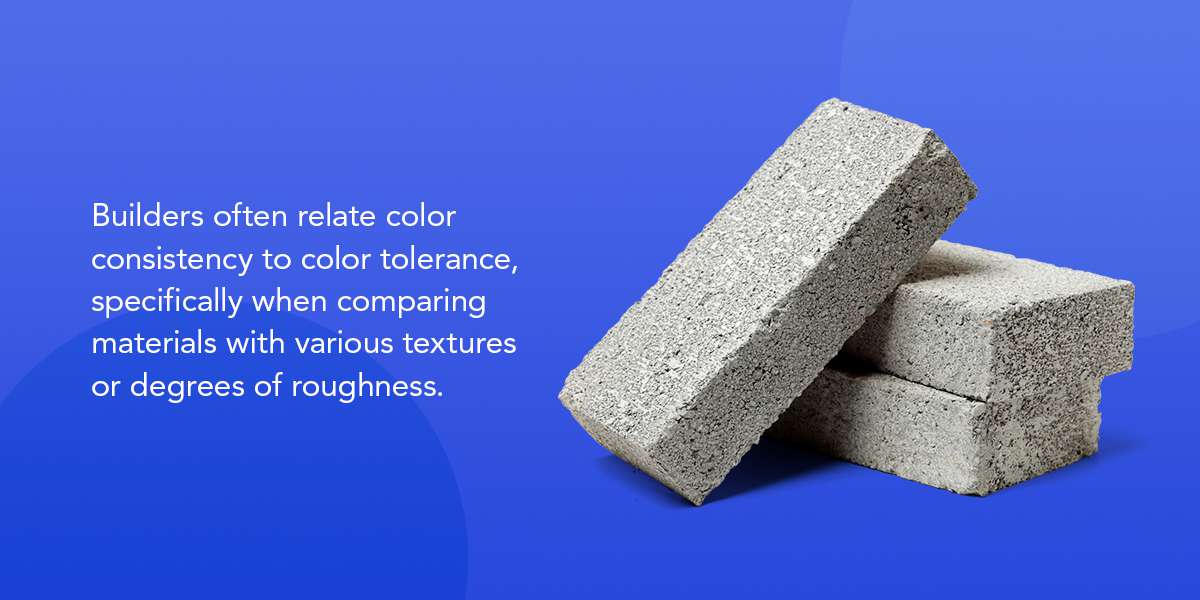What Is Color Consistency?
Color consistency is the average variation amount of chromaticity between two samples. Chromaticity refers to a color's quality, determined by its dominant wavelength regardless of brightness. Because not all inconsistencies are identifiable by the human eye in specific light settings, builders use precise tools to measure color and achieve the consistency their customers require.
Builders often relate color consistency to color tolerance, specifically when comparing materials with various textures or degrees of roughness. Color tolerance is the amount of permitted variation between a material's color and an existing color standard. Many color tolerances go beyond what's detectable by the human eye in an average setting.
Why Color Consistency Is Important in the Building Material Industry
Maintaining color consistency is vital because it saves significant money in potential material replacement and labor should the customer discover a variation when the project is complete. Color consistency is crucial because it can make or break a building company's or contractor's reputation.
Besides construction companies needing to measure color consistency in all construction stages, it's equally essential for building material manufacturers to monitor color throughout fabrication. Some materials are much more challenging to measure than others. For example, architectural glass is either reflective, transparent or a combination of both, requiring precise measuring methods.
Similarly, bricks often change color when fired and can vary in consistency from batch to batch if exposed to different temperatures. Roofing shingles have coarse textures that make color monitoring even more challenging.
Spectrophotometers are the perfect devices for monitoring color consistency in building materials, particularly products with unique properties like glass, bricks, cement, tiles and shingles. These devices evaluate color by reflecting controlled light bursts off an object's surface and analyzing the reflected light's wavelengths. Some spectrophotometers evaluate a product's texture and roughness during measurement, both vital factors for most building materials.



